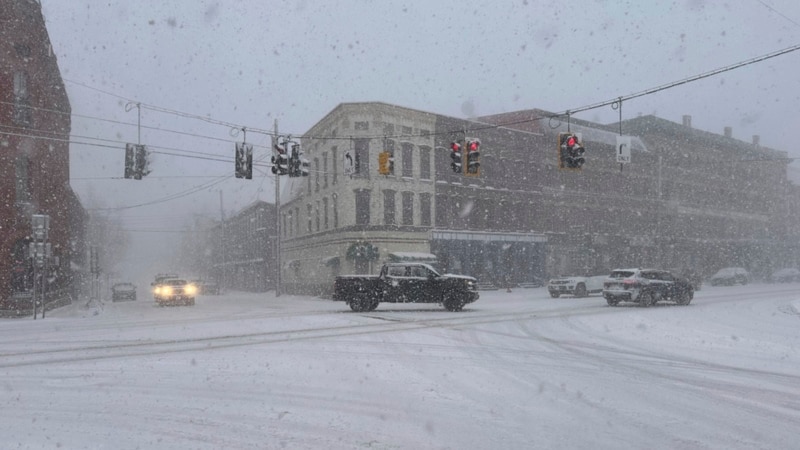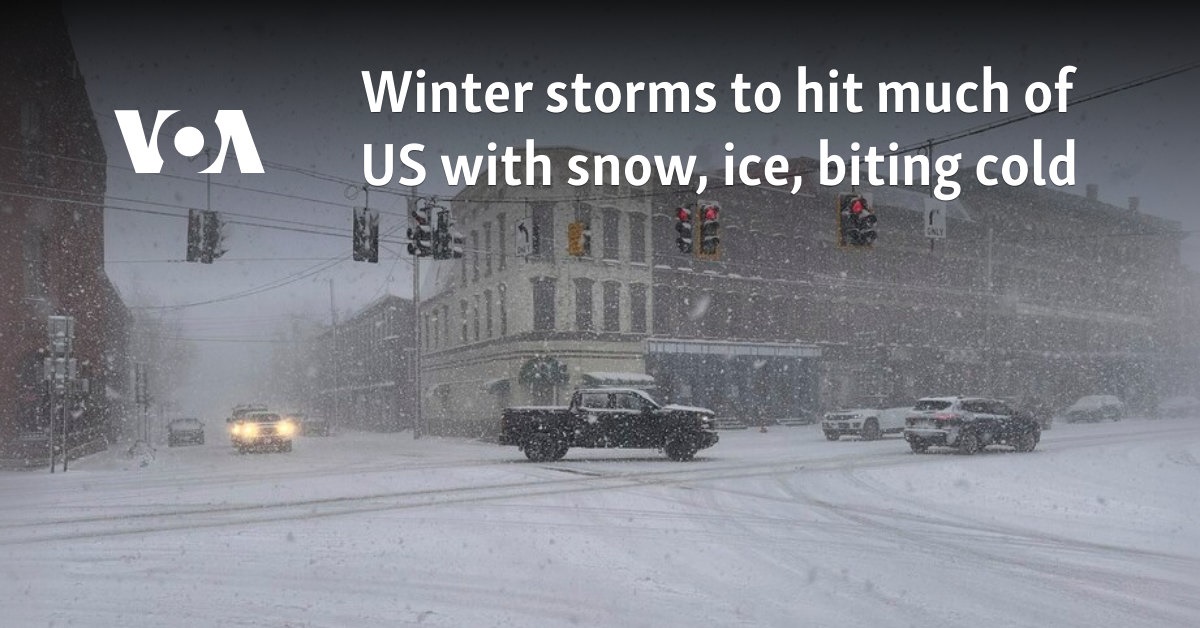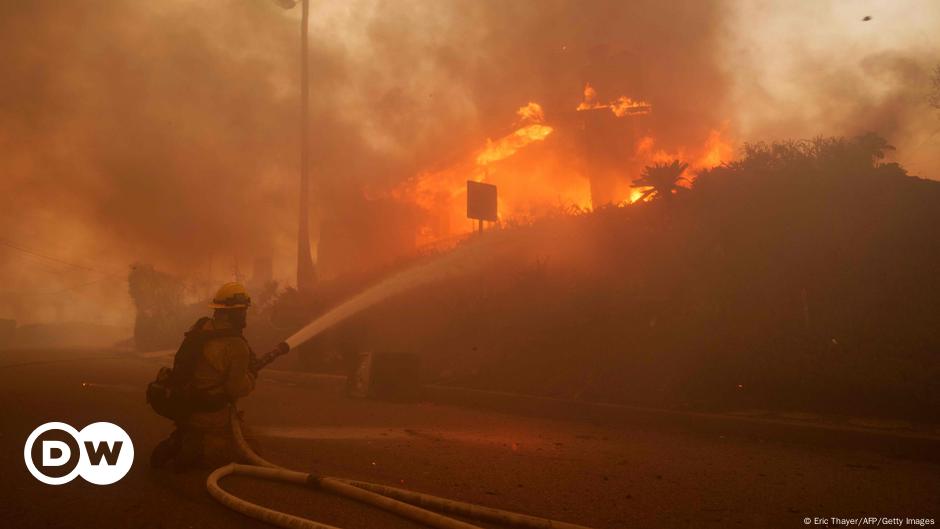
A fierce blizzard followed by brutally cold conditions will soon engulf the eastern two-thirds of the United States as cold air moves out of the Arctic and south to Florida, meteorologists said.
The National Weather Service warned Friday that starting Saturday, millions of people from Kansas City to Washington are set to be hit with moderate to heavy snowfall — including a high chance of at least 8 inches of snowfall between central Kansas and Indiana.
Dangerous ice especially deadly to power lines — “so heavy like paste, it’s hard to shake off,” said private meteorologist Ryan Mau — hit southern Kansas, Missouri, Illinois, Indiana and Kentucky and much of the West. Likely to be installed in parts. Virginia.
“This is going to be a mess, a potential disaster,” Maui said. “This is something we haven’t seen in a long time.”
National Weather Service meteorologist Alex Lammers said Friday that the potential for blizzard conditions is increasing, especially in Kansas and neighboring parts of the central Plains, and wind speeds could reach 50 mph at times. .
Government and private forecasters said that as the storm moves away on Monday, millions of people in the eastern two-thirds of the country will be left exposed to dangerous, bone-chilling wind and freezing temperatures throughout the week. He said temperatures could be 12 to 25 degrees Fahrenheit (7 to 14 degrees Celsius) colder than normal as a dangerous polar vortex stretches down from the high Arctic, bringing cold weather.
“This could be the coldest January for the U.S. since 2011,” Dan DePodvin, director of forecasting operations for AccuWeather, said Friday. “It’s not just one day, in some cases it’s going to be three to five a week or more with temperatures that are well below the historical average.”
Look out, Ohio Valley
Danny Barandiran, a meteorologist with the National Weather Service’s Climate Prediction Center, said the largest below-normal declines are likely to be concentrated in the Ohio Valley, but significant unusual cold will extend south to the Gulf Coast.
Forecasts have dropped slightly from last week, when some computer models predicted the worst cold in decades. It is now unlikely that the cold will break many records, but it will still have a major impact on the country, Barandarian said.
Barandarian said Florida should also get freezing temperatures, while areas near the Canadian border will be near zero.
“It’s not going to melt for a while,” Maui said.
Jennifer Francis, a climate scientist at the Woodwell Climate Research Institute, said that after a lot of heat in the last few years, the initial strong winds coming from the north may surprise people.
“The wind chill is going to be brutal,” she said. “There’s going to be a lot of whining, but this is winter. … Just because the world is getting warmer doesn’t mean this winter is going away.”
This bad weather may be partly caused by a rapidly warming Arctic, said Francis and Judah Cohen, seasonal forecasting directors at the private company Atmospheric, which serves as a very gentle reminder that climate change could make weather extremes worse. Gives rise to limitations, even in winter. Environmental Research.
The polar vortex – super-cold air swirling like a peak 15 to 30 miles high – usually persists over the North Pole. But sometimes it expands or spreads to the United States, Europe, or Asia. And that’s when large numbers of people get an intense dose of cold.
Cohen and colleagues have published several studies that have observed an increase in the drag or wandering of the polar vortex. Cohen, Francis and others published a study last month that attributed these cold outbreaks in part to changes coming from an Arctic that is warming four times faster than the rest of the world.
Changes in temperatures and shrinking Arctic sea ice cause the jet stream – the river of air that propels storms – to become wavy, pushing cold air southward and causing extreme weather, Francis said.
“What’s about to be hit is a very good example of these types of cases,” Francis said.






Leave a Reply